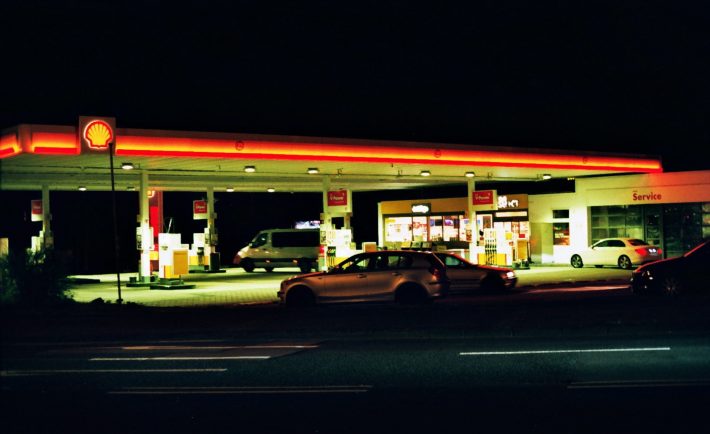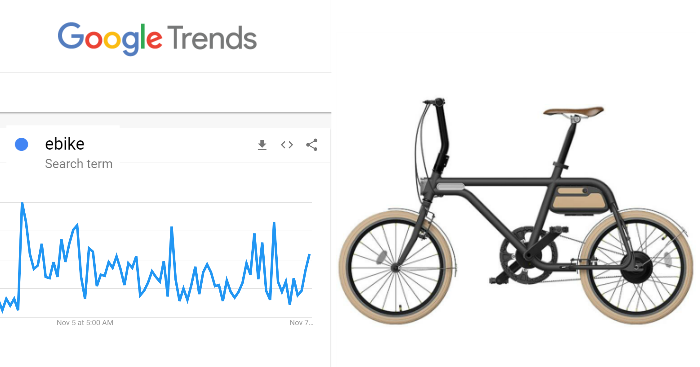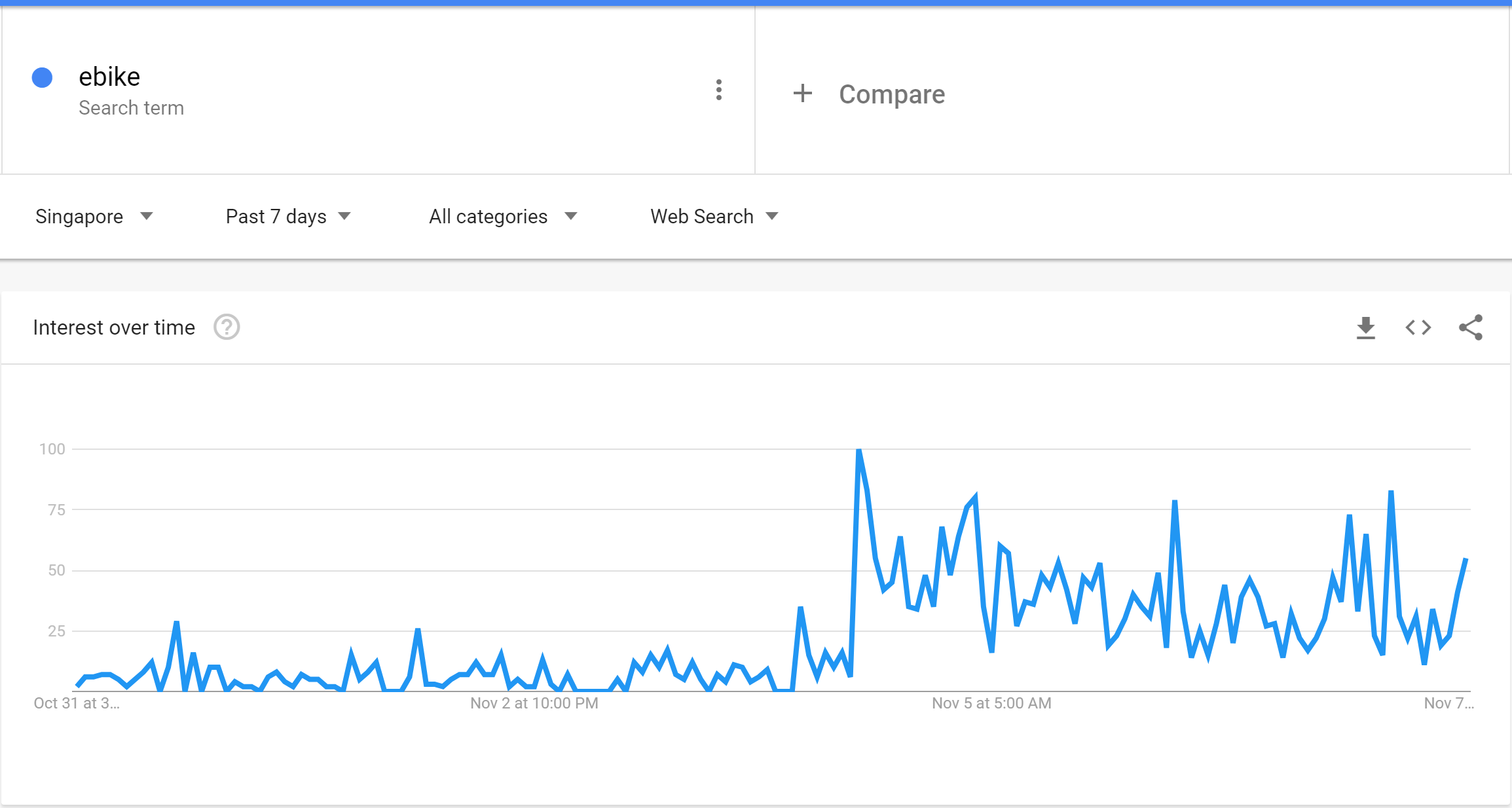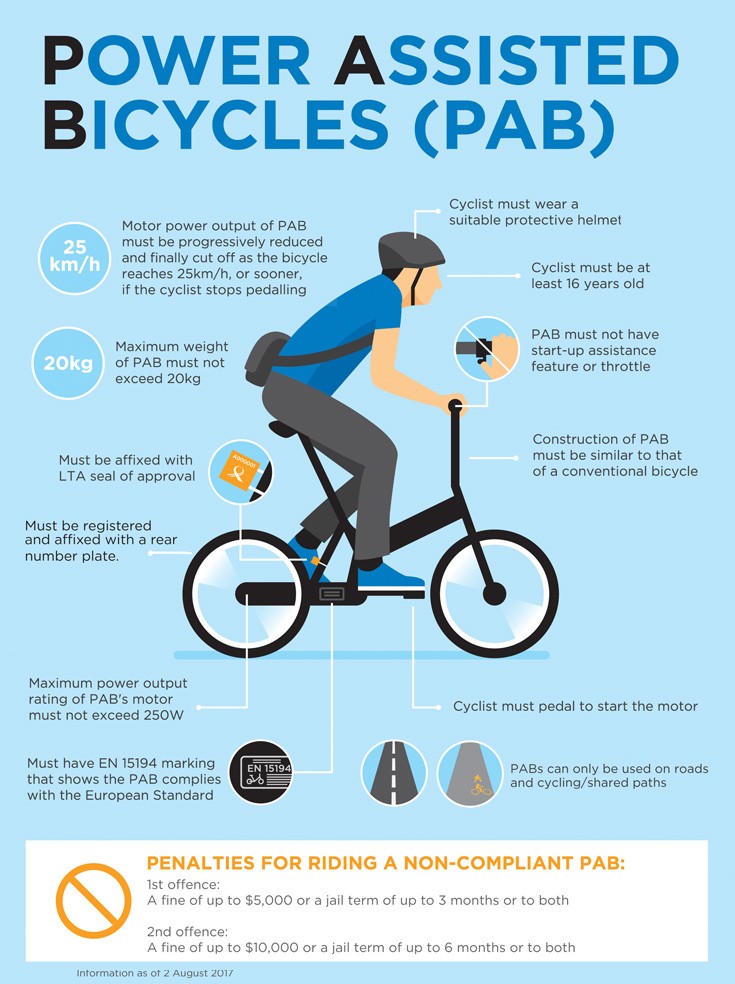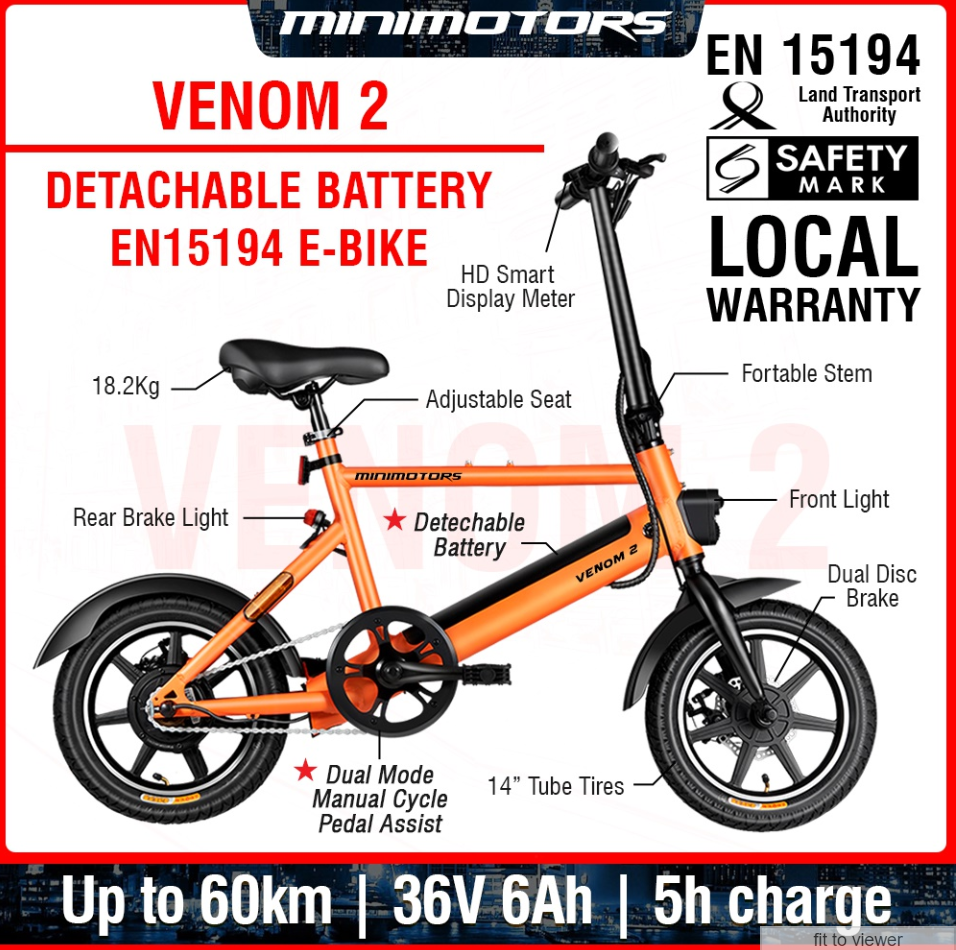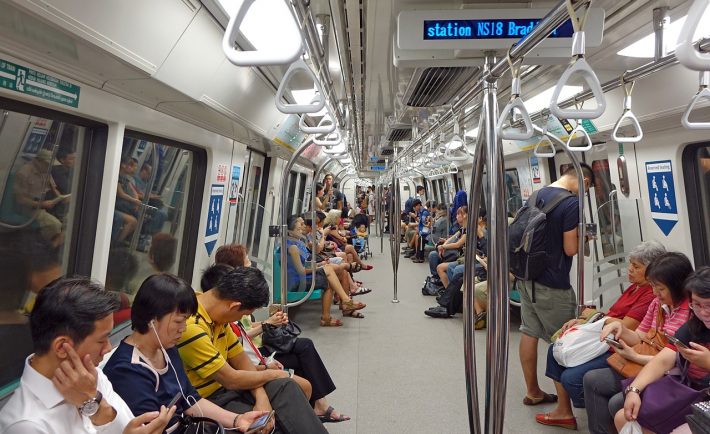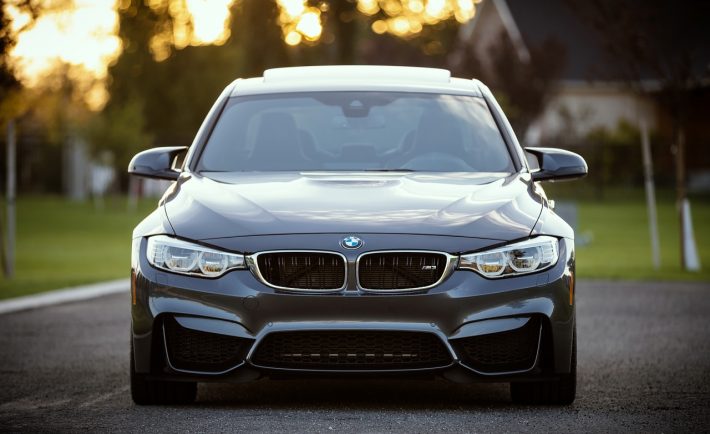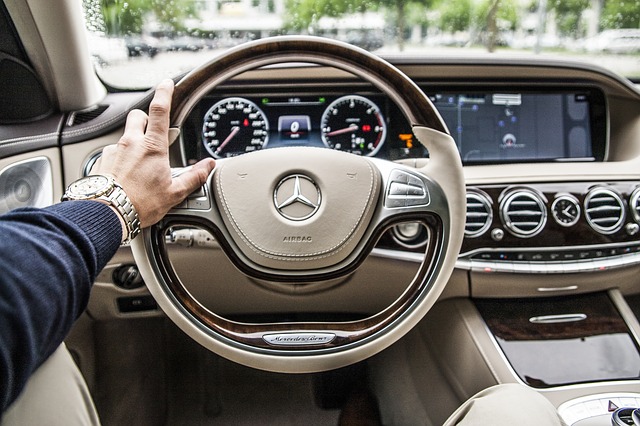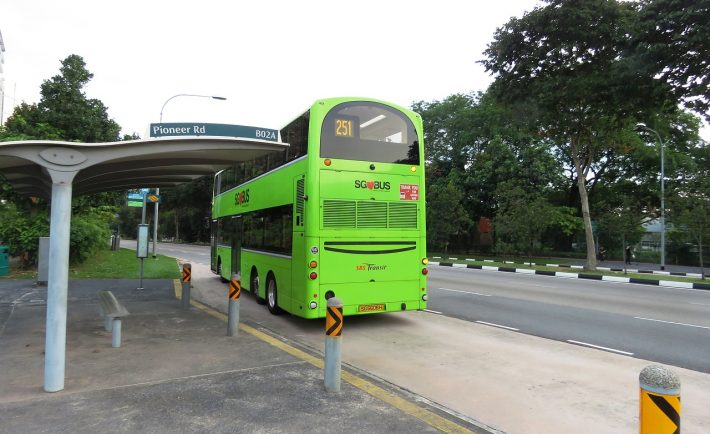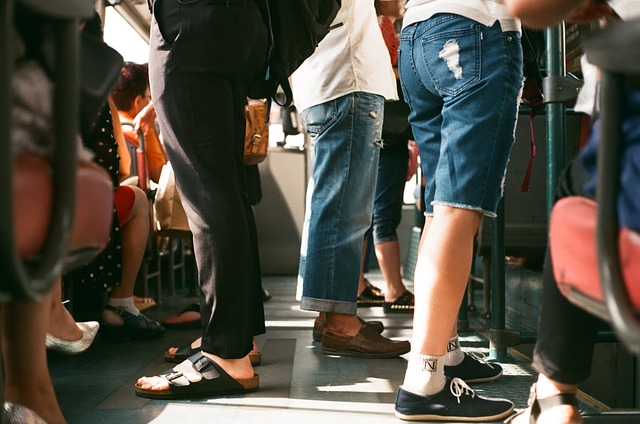As you may know, petrol prices in Singapore remain unchanged despite the plunge in oil prices. According to Bloomberg, a barrel of West Texas Intermediate crude was at a record low of US$1.69 last Monday (April 20). While, Brent crude was at US$25.92 compared to the US$74 usual price 12 months ago.
If you are happy with the performance of your usual petrol, that is great! You can stay loyal to that brand. However, unsatisfied customers may still search for another brand. To save money during tough economic crisis, will mixing other brands of petrol harm your car?
A short answer – it will not. Usually, any commercially available gasoline that passes industry standards would suffice for almost any gasoline-powered vehicle. Putting a higher-octane petrol into your car will neither help nor hurt your car’s performance despite the variations among engines.
The answer may vary from person to person, even among drivers who own the same vehicular models. You see, some people are strictly following the required octane fuel that their vehicles need. This is often due to the engine incompatibility with additive packages in premium fuels. Nonetheless, the brand that will give you the best fuel economy for your driving habits is the best one for your car.
To determine this, you need to monitor your fuel consumption over two to four full tanks. How often do you have to refill your car’s petrol on a monthly basis? Throughout this time, make the conscious effort to note down any driving conditions that you may encounter. The objective is to establish an average of your fuel consumption. The next step is to factor the cost per liter of your chosen fuel and switch to the other brand. Consider significant differences between the two.
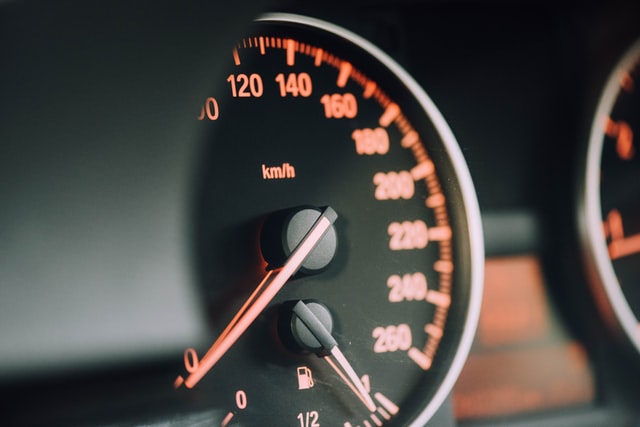
Image Credits: unsplash.com
For safety purposes, please do not let your fuel run down the manufacturer’s recommended rating for your car. Check your owner’s manual thoroughly beforehand to cover all your bases. At the end of the day, it is all about choosing the petrol that will best suit your car and your needs. Most of the time, brands have very little to do with it.


